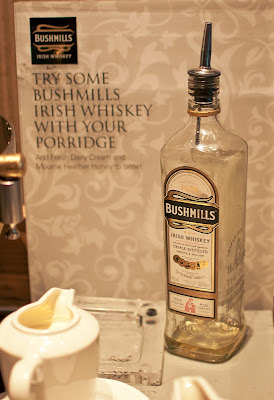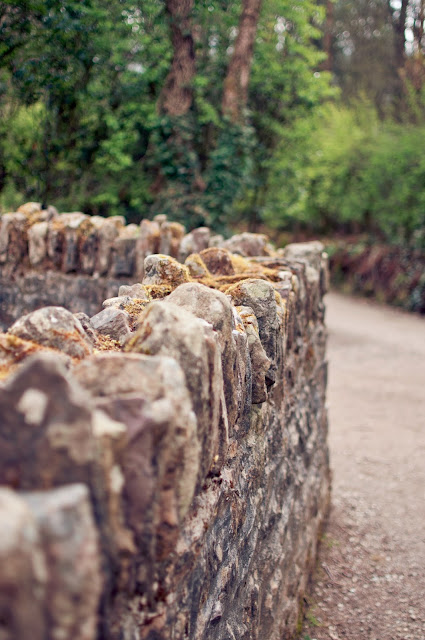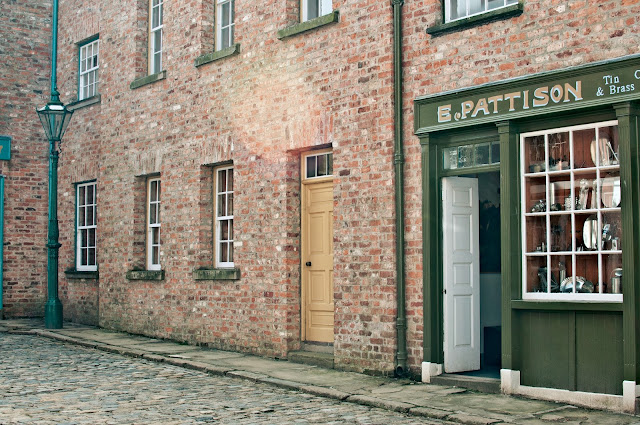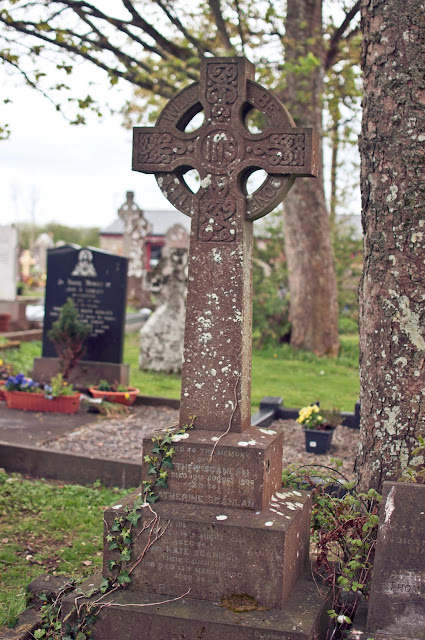 |
| My friend, K.B., whom I've mentioned previously. |
[Not that I really have another best friend now. I mean, I have friends, but . . . I wonder if the whole "best friend" thing kind of loses its currency as we get older. Or has my continual migration from one city, province, or country to another made that difficult for me? Oh, this line of thinking is almost too sad to continue.]
K.B. is short for [redacted], which NO ONE calls her. Except, perhaps, her dad and sister. Back in high school, we often called her Killer Bunny, after the rabbit from Monty Python and the Holy Grail (though she was nothing like that evil rodent).
K.B. and I knew each other during those blistering years of high school when we feel both immortal and rawly vulnerable. She showed up in my Functions & Relations class with an enthusiasm for Math that dumbfounded me. It was, I learned, an enthusiasm for knowledge - she was, and is, eager to learn anything about anything. She's also someone who "waves her freak flag" with gusto.
Over the ensuing couple of years, we became almost inseparable. I slept over at her house about half the time, avoiding the emotional difficulties at my home. Meanwhile, her family was suffering the excruciating loss of her brother, Cullen (or "Cully"), who died too young of Acute Lymphocytic Leukemia, and her mother who died more slowly of Parkinson's Disease.
Can you even imagine the pain?
And yet, she, indeed her entire family, welcomed me, embraced me. I had a permanent seat at their dinner table. K.B. and I shared clothes like sisters (though that blue blouse she's wearing in that picture looked WORLDS better on her than it ever did on me). Cully called me from the hospital where he lay dying. I was with the family as they buried their beloved mother. To this day, I wish I had known both Cully and Mrs. Sterling before they were ill.
K.B. and I have lived geographically separate lives, but have stayed in touch, especially with the gift of e-mail and social media. (Many scoff at the "fake" nature of social-media relationships, but I have found that social media has served to strengthen many friendships and has, conversely, made me ponder why I ever considered so-and-so a friend at all.)
Well, last weekend, I had the great joy of attending K.B.'s wedding to Chris. It is a second marriage for each of them, so they went into it with eyes wide open and hearts grateful for this surprise of love. I wish I'd been able to get to know Chris better.
But I do know that they fit. In the quirky, accepting, supportive ways that matter.
Enough. Here are some pictures I took before and during their wedding and reception.
 |
| This was taken at the unofficial rehearsal dinner. What started out as dinner for three turned into dinner for five, then dinner for six then . . . aw, heck. Let's just all get together. |
 |
| K.B.'s daughter gave the couple a STAR! In Ursa Major! That's the kind of mother K.B. is. |
The wedding day dawned sunny and warm. |
| The wedding palette. |
 |
| K.B. is not a fussy, girly-girl, but she did allow for some pampering on this occasion. |
 |
| The flowers were so, so beautiful. |
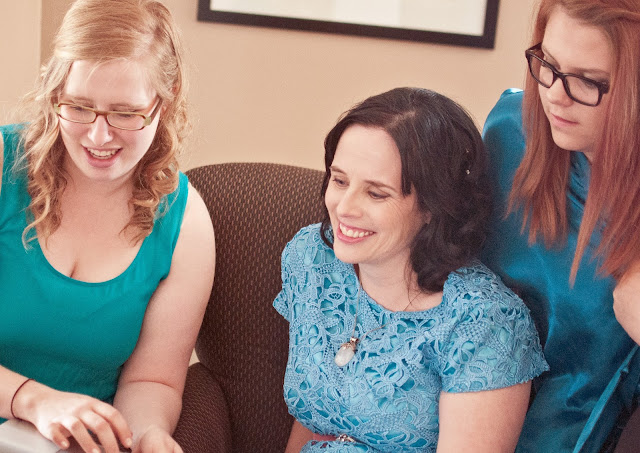 |
| The bride and her maids laughing at a YouTube video while getting ready. |
 |
| She came down the aisle and made her vows barefoot. Because, if you know anything about K.B., you know that you ought to expect the unexpected. (Chris claims he absolutely did not notice.) |
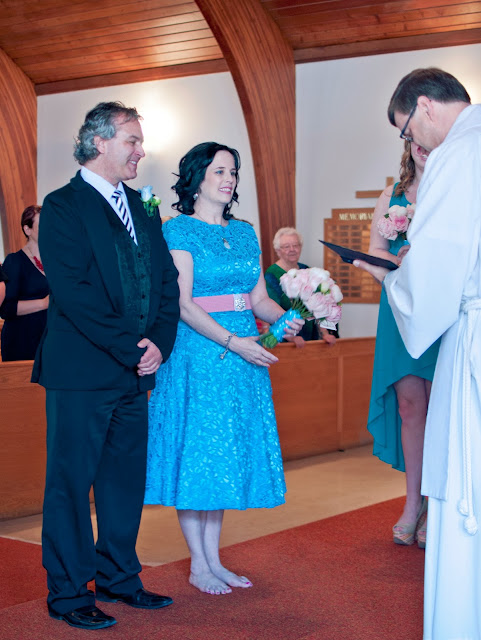 |
| There was a fair bit of laughter at this ceremony, but it was absolutely earnest as well. |
 |
| Yes, she loves him. |
 |
| Yes, yes indeed she does. |
 |
| Another little bit of the unexpected. |
I'm so glad we are friends. I'm so glad I was there - and that K.B. and her family were there for me.








_2.jpg)












